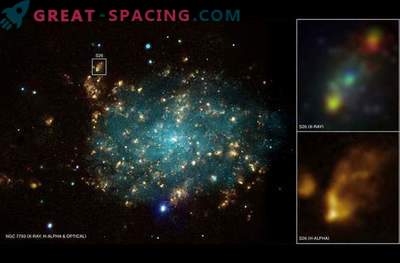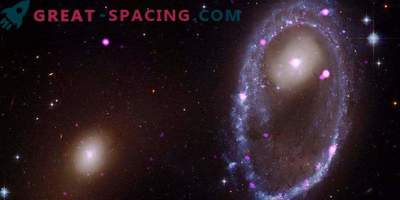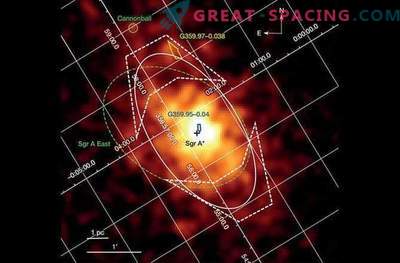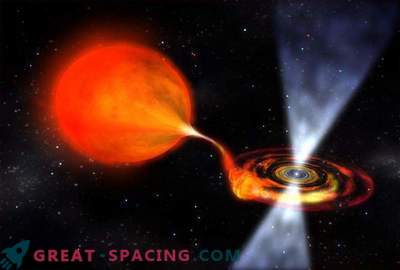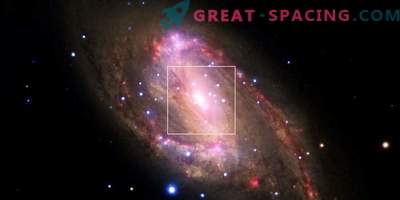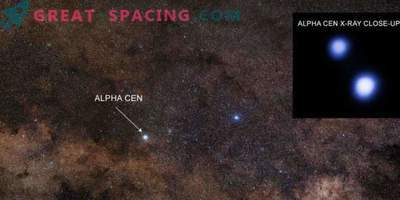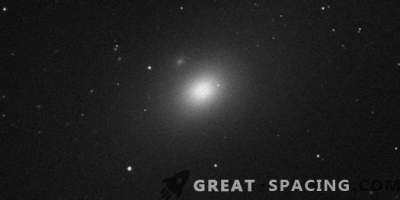
The video, produced on June 8, 2018, shows the exact choreography of a NASA NICER instrument that studies pulsars and other x-ray sources from its point onboard the ISS. NICER daily monitors a variety of sources, ranging from the star closest to the Sun (Proxima Centauri), to X-ray emitters in other galaxies. Motion on video - a little more than one 90-minute flight, accelerated 100 times.
One of the factors of the NICER circular motion is the rotation of the station's solar batteries, each of which extends 34 m. Thus, the instrument aims its 56 X-ray telescopes at a new celestial target.
At the beginning of the video you can see that the solar panels are “parked” in order to prepare for docking with the Union, launched on June 6 with three members of Expedition-56. Then the panels will reorient and begin the normal tracking of the Sun.
The video, mined on June 8, 2018, shows the exact choreography of a NASA NICER instrument that studies pulsars and other x-ray sources from its point onboard the ISS
Neutron stars, called pulsars, are destroyed nuclei left after the explosion of giant stars. They hold more mass than the sun, at the size of a city. NICER seeks to learn more about their size and other characteristics. The demonstration of X-ray synchronization and navigation technology (SEXTANT) paves the way for using pulsars as beacons in the future GPS-like ship navigation system in the Solar system and beyond.


